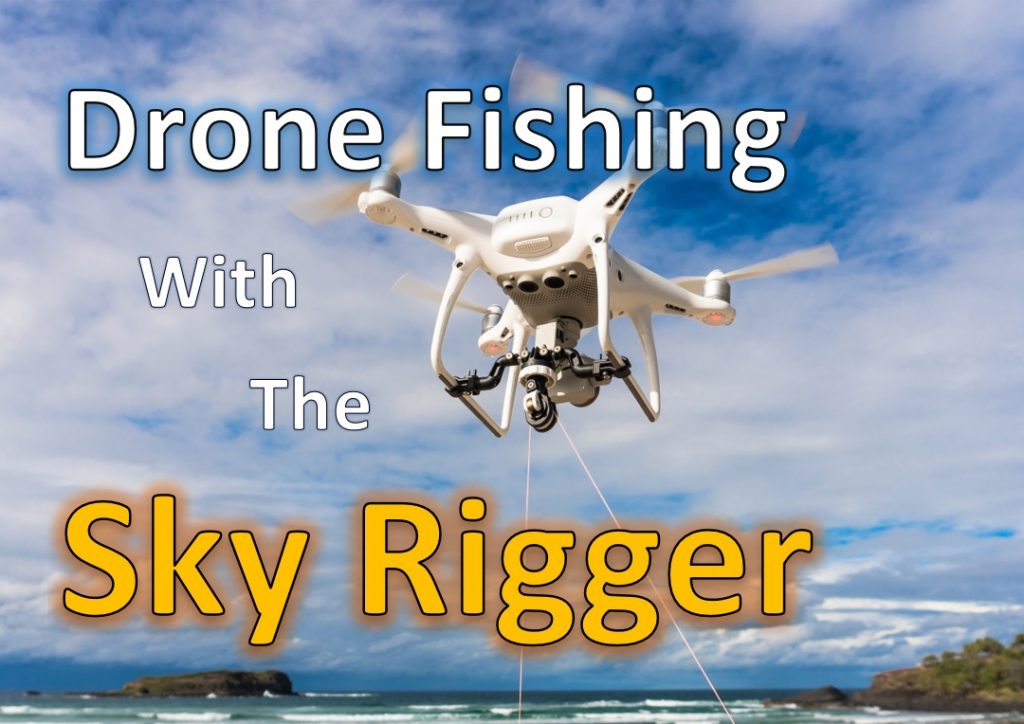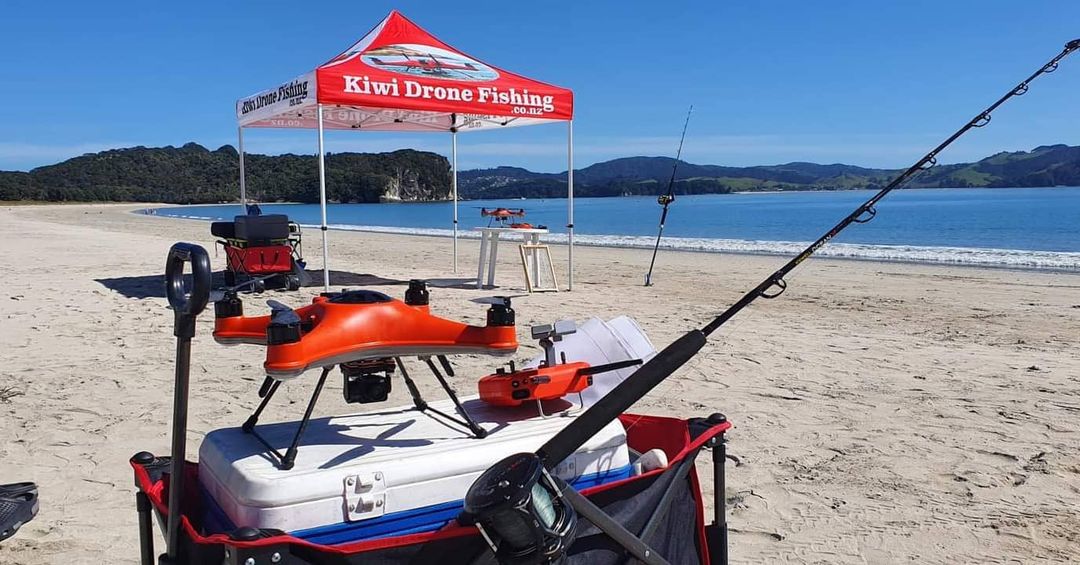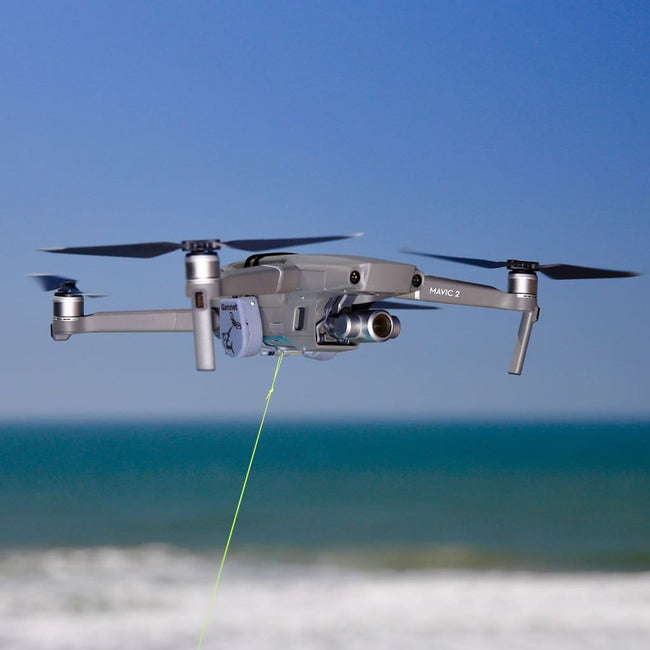
In this article, we'll look at the basics of a drone fishing rig. We'll also be discussing what to consider when choosing your drone, how to charge it, and the payload. Then we'll show you how to get more out of your drone. Read on for some tips and tricks. Soon you will have the drone of dreams! Let's get !... going and maybe even catch a few more fish!
Basic drone fishing equipment
To begin drone fishing, you'll need a good selection of hooks. The fishing line should not be more than twice the length. It should be mono- or braided. It should be tied with a Cat's Paw Loop, Uni knot or Uni knot. You will also need a sinker (2-8 oz) and hooks (to attach to each section of the backbone). Finally, attach the lead loop of your snap swivel to your drone.
There are many ways to create a fishing drone. A basic one involves attaching a hook to the landing gear of the drone and spinning it until the line releases. You can also use a dropper or drop line to keep the fishing line down below the drone. A dropper is a device that allows you to keep your main line above the drone and avoid it becoming tangled in the propellers. The fishing drones can also be equipped with accessories, such as a battery pack and a dock.
You will need additional equipment once you have bought the basic drone fishing gear. You will need a long fishing line (about 700 meters), as well as a bait-dropping device. These are optional accessories, but they can make your drone fishing adventure more enjoyable. A drone will provide you with a clearer view and make it easier to spot fish.

Payload for drone fishing equipment
It is important to understand the safety precautions you must take if you intend to catch fish from a drone. Avoid flying your drone in strong wind or rain. Here are some suggestions:
First, ensure that your drone is strong enough to carry your weight. It will not be stable when loaded with braided line or heavy lures. You should also be aware that the wind can cause the drone's drift if you fish at the coast. It is also important that you check your local laws and regulations, as some may not allow the use of drones for fishing. After you have decided to go fishing with your drone, it is important to make sure that the drone has enough carrying capacity.
Next is to determine what accessories you will need to mount to your drone. To reduce weight distribution problems, a good rule of thumb is that your rigging system should have a central attachment. The best attachment points for drones are motor struts, landing gear, or legs. It is important to avoid attaching any payload to the camera and gimbal because these can damage them. A simple solution is to tie a length of fishing line from one corner to the other. This can be secured with tape to prevent it from falling out.
Battery life for drone fishing gear
Before you go fishing with the drone, check that the batteries are charged and all other equipment is working properly. This will help you keep the drone from running out of battery life and allowing you to focus on fishing instead of recharging. Some drones come with solar panels that can be charged by car batteries or solar panels. It is a good idea to start with fully charged batteries. This will ensure your drone is ready to fly when you reach your fishing spot.

It is also important to take into account the drone’s flight time. Some models have longer flight times than others, but a drone that can fly for twenty-two minutes can easily get the job done. This is a great option if you plan to spend hours on the ocean with your drone. Be aware, however, that a drone with limited endurance may not be able to fly and make it virtually impossible to catch fish.
After you have setup your fishing rig, attach the fishing line clip to either the legs or the motor struts. Attach the bait and line to the drone. Make sure that you lock your reel before you fly your drone. Once you are ready, unlock it. You will feel tension build up when the line is pulled out. The drone will then drop the bait into water. The battery may not work properly if it isn't charged after each use.
FAQ
Does the FAA regulate drones
The FAA is responsible for all aspects of drone operation, including certification requirements, safety standards, and licensing procedures.
How high can you fly a drone without a license?
The FAA has no limits on the maximum height a drone can fly. The FAA does require you to register unmanned aircraft systems (UAS), which include the registration number of your model, weight and size, serial numbers, manufacturer's names, date manufactured and other information.
What are the laws regarding flying drones
The Federal Aviation Administration (FAA), regulates drone operations in the United States. The FAA must issue a certificate before you can commercially operate a drone. First, you need to take a course about piloting and pass an exam. Finally, you must pay a fee to the agency.
Statistics
- Research and Markets predict a growth rate of 51.1% over the next five years. (thedroneu.com)
- With the top 10% making over $100/h and the bottom 10% making as low as $10/h. (dronesgator.com)
- According to Indeed, a drone pilot gets paid $25.73 per hour on average in the US. (dronesgator.com)
External Links
How To
How To Fly Drones For Beginners
A drone is an unmanned aerial vehicle that can be remotely controlled and used for surveillance, aerial photography, film production, research, and other hobby purposes. Drones are a technology that has been around since World War II. DJI's Phantom series quadcopters were first commercially available in 2010. There have been many drones made since then. These range from beginner-friendly drones like Parrot AR Drone 2.0 to more advanced multi-rotor craft like DJI Mavic Pro.
There are many ways to fly a drone.
-
Remote control: This uses a remote control device that attaches to your hand and allows you control the drone along its flight path. There are two types of controllers available: joysticks and on/off switches.
-
Manual Control - Using a smartphone app, this method allows users to remotely operate the drone via GPS coordinates. The app will provide instructions and help you to locate the drone.
-
Autonomous Flying - This allows the drone to take over all of the piloting duties. It basically flies autonomously without any human intervention. It must have a builtin camera, sensors capable of taking images and data to enable autonomous flight.
-
Triggered Flight – This method is very similar to manual flight. The pilot creates a route that the drone will follow until it reaches the destination. Once the programmed route is completed, the drone lands automatically and returns back to the base.
-
Landing Gear- Some drones include landing gear that allows for safe landing if the power goes out or they run out of batteries.
-
Goggles – Pilots often wear goggles while flying to keep themselves safe from any debris.
-
Camera - Some drones are equipped with cameras allowing you to capture photos and videos from above.
-
Obstacles – Some drones have obstacle avoidance systems that stop them from colliding with obstacles.
-
Speed - Some drones can reach speeds of over 40 mph.
-
Battery Life - Most drones are capable of lasting between 20 minutes and three hours, depending on the power that you use.
-
Range - Depending on the model, some drones can travel up to 30 miles away.
-
Power source – Some drones require external power sources, others require internal batteries.
-
Weight - Some drones have a weight of less than 1 pound and others weigh 4 lbs.
-
Size - Drones range from small devices that fit in one's palm to large crafts that weigh more than 50 pounds.
-
Price - From high-end models that cost thousands of dollars to low-cost options that start at $100, all drones fall under a certain price category.